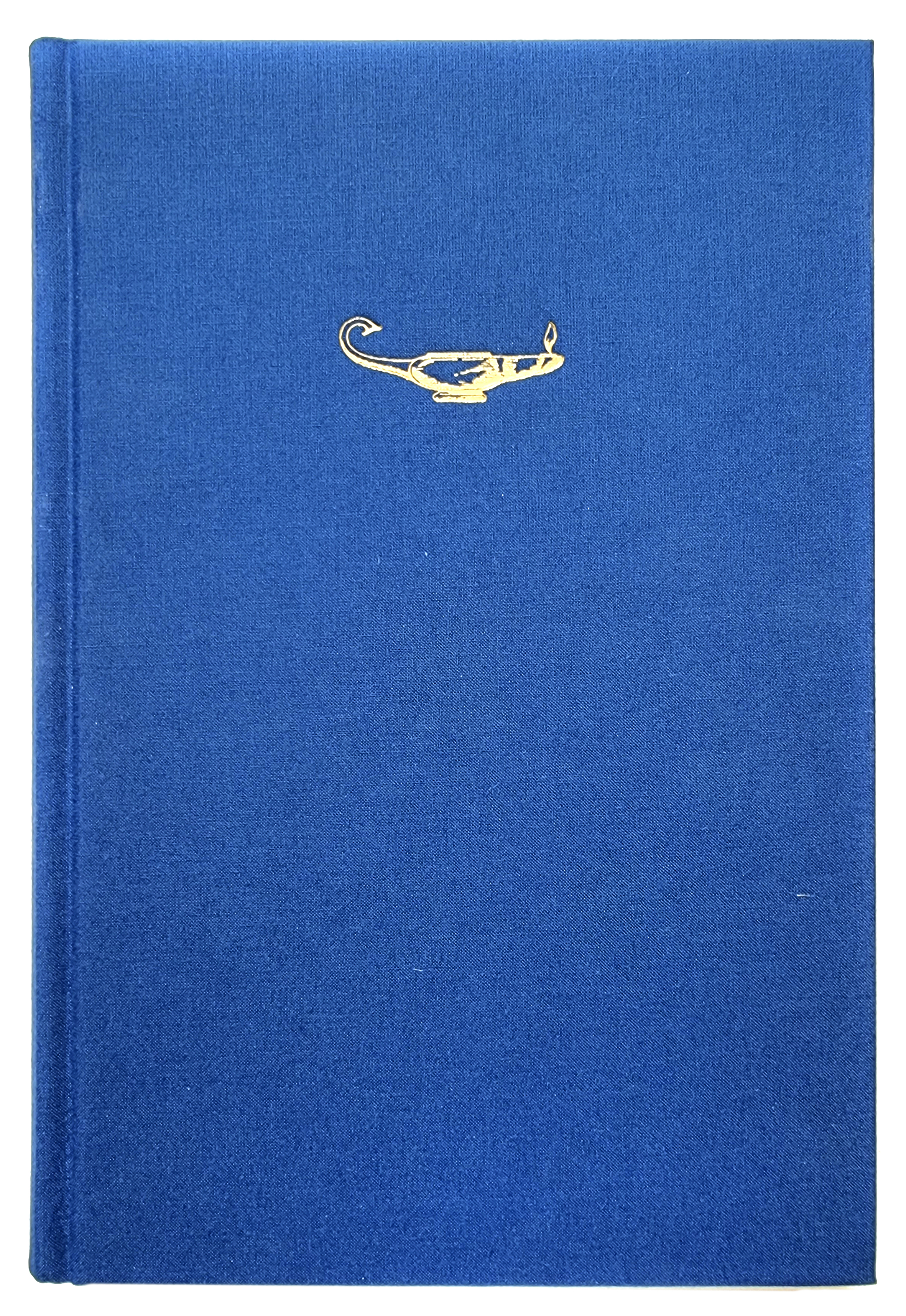The wilderness of Allaert van Everdingen
Experience and representation of the north in the age of the baroque
Keywords:
Allaert van Everdingen, Nordic nature, wilderness, baroque, sublime, realism, perception, experience, knowledgeAbstract
In 1644, a young Dutch artist, Allaert van Everdingen, was traveling parts of Scandi- navia, which by that time was generally considered wild and on the border of the civilized world. His encounter with the nature in southern Norway and western Sweden was pivotal for his coming career as a popular painter of Nordic wilderness. A wilderness rendered more exotic as time went by, his perceived trustworthiness of its depiction came from his own concrete encounter with northern nature, which guaranteed a picture naer het leven (after life). This article takes a closer look at the drawings related to the actual trip. As a newcomer to the North, what did he see? The artist is usually considered in relation to the new realistic Dutch landscape painting, but could van Everdingen’s encounter with northern nature also be positioned within a context seldom mentioned in the literature—the baroque worldview? The argument is guided by the idea that the baroque points to the diverse expressions of an ongoing cultural crisis that challenged traditional views of reality, which include both artistic and philosophical articulations, as well as geographical and scientific discoveries. In hindsight certain traits stand out, such as a fascination for transience of life, dynamism of nature, unavoidability of illusion, performativity of society, and not least the willingness to see the qualities of newness and the strange. The baroque is the encounter with the strange, with the unknown. In this way, van Everdingen’s experience and representation of northern nature, especially in relation to rock, wood, and water, could be an early intervention in the slowly changing attitudes towards the wilderness, not least towards the barren nature of the north, which sublime romantic values were not generally perceived of until late eighteenth century.
Downloads
Published
Issue
Section
License
This work is licensed under a Creative Commons Attribution 4.0 International License. The copyright for the work published in Lychnos remains with the authors.


